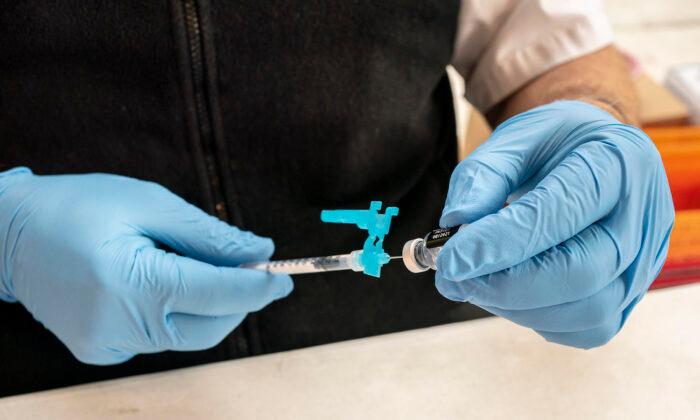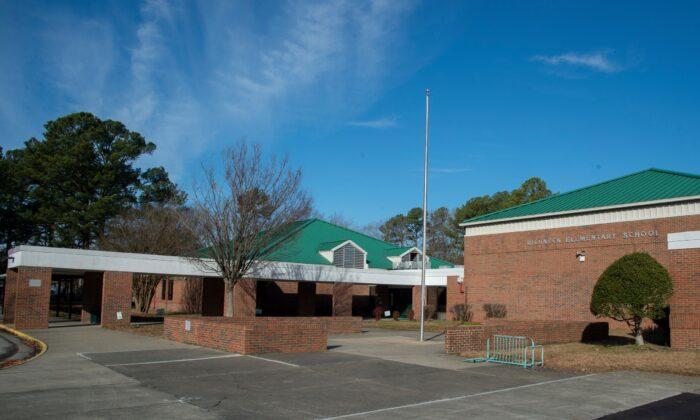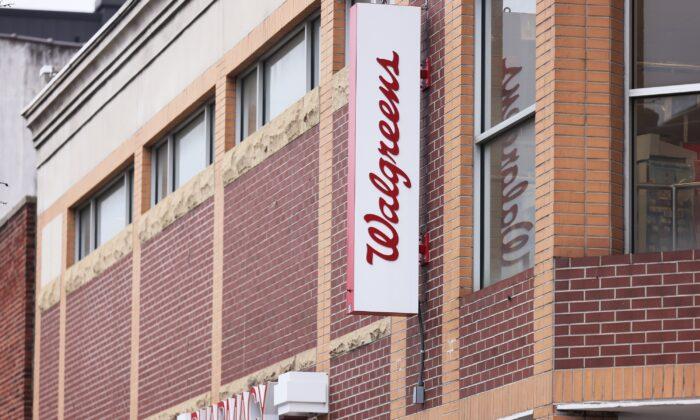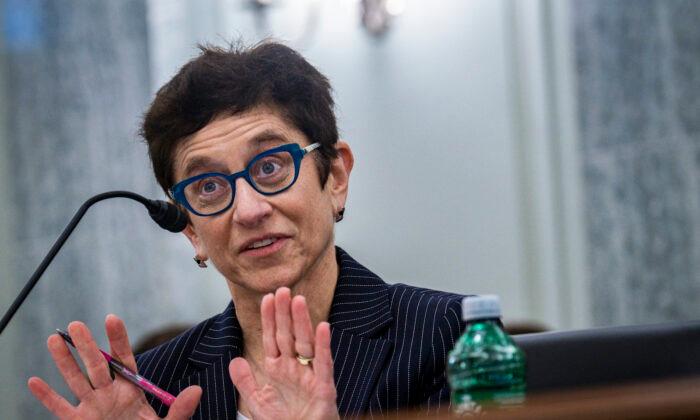About half of the U.S. adult population say they don’t need the latest COVID-19 booster while just under a quarter have already taken the jab, according to a recent poll. The findings come despite a Biden administration push to vaccinate during the holiday season.
Among people who are fully vaccinated, KFF found that 44 percent felt that they don’t need the updated booster. Of those, 37 percent don’t think the booster’s reputed benefit is worth it, while 36 percent said that they were “too busy” to get one. Twenty-three percent cited bad side effects with previous COVID-19 injections for their hesitancy.
Nine percent said that they definitely won’t be getting a booster at all.
The Republican–Democrat Divide
Data coming from the KFF poll showed a significant difference in the way Republicans or Republican-leaning participants viewed a need for the booster as compared to their Democrat counterparts.Data shows that nearly four out of 10 (or 38 percent) of poll participants who identified as Democrat had already received the booster, with an additional 28 percent having an intention to do so at the soonest opportunity. This contrasts significantly with the 12 percent of Republicans and 18 percent of Republican-leaning Independents who had taken the time to get the shot.
The top reason that Republicans and Republican-leaning Independents gave for deciding against the booster was that they didn’t need it (64 percent) or felt that it wasn’t worth the benefit (61 percent). Among Democrats (or Democratic-leaning Independents) the most common reason cited for not yet doing so was having been too busy (51 percent).
Attitudes Change Toward Vaccination in General for Children
A notable trend that the KFF poll revealed was an increased opposition toward schools requiring vaccines in general for school-aged children, not just the COVID-19 shots.Here again, the Republican-Democrat divide among Americans as a whole was stark. Only 11 percent of Democrats or Democratic-leaning participants believed parents should decide their children’s vaccination fate regarding school requirements as compared to 44 percent of those identifying as Republican or Republican-leaning. Since 2019, Democrats’ view has remained stable, but for Republicans, negative opinions about mandatory vaccination have more than doubled from 20 percent in 2019 to 44 percent in 2022.
KFF found that currently, about one in four parents of teenagers aged 12 to 17 say their child has already gotten the updated COVID-19 booster (16 percent) or definitely will get it soon (8 percent). The percentage of boosted children aged 5 to 11 is slightly less, at 11 percent.
Booster Response Remains Tepid Despite Biden Administration Efforts
KFF’s data demonstrates the low turnout for booster shots despite the Biden administration’s push to get people up to date on their COVID-19 vaccination status ahead of the holiday season and winter months.In late November, the Department of Health and Human Services (HSS) launched a six-week “We Can Do This” campaign. HSS described this campaign as “a national initiative to increase public confidence in and uptake of COVID-19 vaccines while reinforcing basic prevention measures such as mask wearing and social distancing.”
But despite these efforts, response remains mediocre.
“If they are, many don’t seem to understand the importance of getting boosted at all—with bivalent or original recipe—and there is a decided lack of urgency in communications about it,” Angela Rasmussen, a virologist at Georgetown University, told WSJ.
According to WSJ, public health leaders blame general weariness about the pandemic, the decrease in the current number of COVID-19 cases and hospitalizations, and skepticism about the booster’s efficacy for the low numbers showing up for shots.




